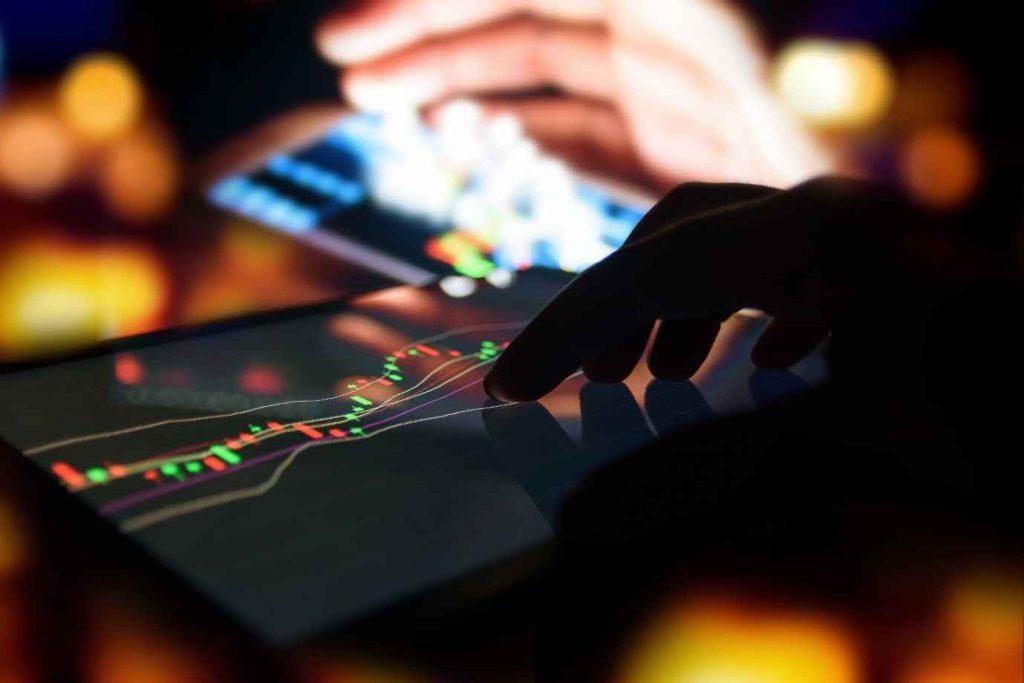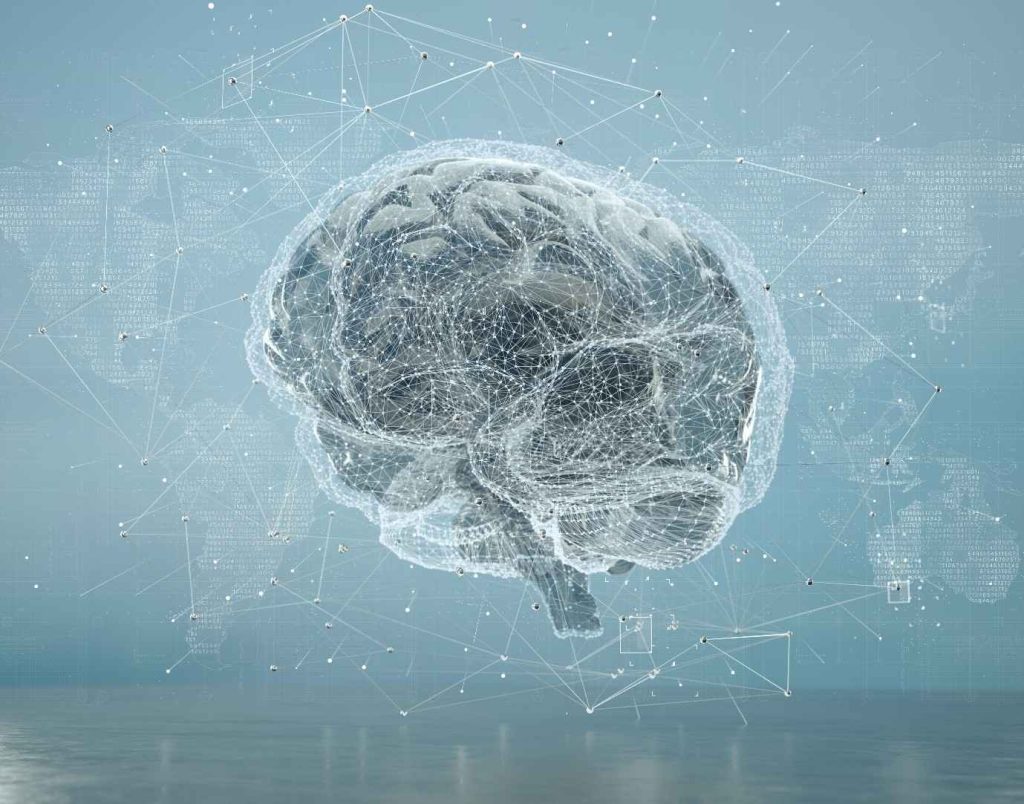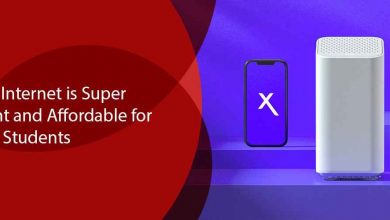The explosion in artificial intelligence platforms, tools, and services has promised to disrupt just about every industry on the planet. ChatGPT is regularly cited as the pinnacle of current AI technology, but, in truth, the OpenAI chatbot is only the mainstream tip of the iceberg when it comes to use cases. Already, a range of sectors, ranging from law to medicine to the arts, are using AI tools to make their businesses sleeker and smarter. Increasingly, though, we are seeing the marketing of AI tools for trading financial products.
If you visit the trading-focused areas of social media platforms like X/Twitter, YouTube, and Telegram, you’ll inevitably see a lot of buzz about using AI to trade. The bots, we are told, are better than mere humans at anticipating the ebb and flow of the financial markets, and they execute trades on our behalf. The narrative is alluring to anyone looking to meet their financial trading goals, not least due to the fact that many of the accounts promoting them tend to be over-enthusiastic, promising vast riches, particularly with cryptocurrency trading.
Tech and online trading already go hand in hand
Now, to be clear, our goal here is not to dismiss the role AI plays in trading, both now and in the future. Indeed, we see the technology playing an integral role in the future. The financial trading sector has always embraced technology. If you open an online trading account today, you are immediately given access to a wealth of technology, including AI-like tools for automated and algorithmic trading that do so much more than a human trader can achieve alone. As AI improves, it will be further integrated into mainstream trading tools, perhaps to such an extent that no trader can be successful without it.

However, the worry today is that there is too much emphasis put on the, for want of a better term, “omnipotence” of AI. The veneration of AI tools is one thing, but we should not forget that it was only a few weeks ago that ChatGPT was able to provide real-time internet browsing and secure information that was on the internet before September 2021. Trading is about reacting to current conditions while taking in historical trends and context.
AI data interpretation can only go so far
While it’s true that AI can be infinitely better at interpreting technical data than human traders, it’s worth noting that this excellence at structured data only gets so far. AI cannot reason – despite what you might see in the news and on social media. It makes assumptions based on available information, but that is different from reason. The point, as such, is that AI lacks intuition, and every great financial trader will require good intuition to get ahead.
Part of the problem is that AI can only make assumptions based on data. And data for all intents and purposes is simply a record of what has happened in the past, regardless of how long ago we define the past. AI might recognize that there are correlations between the impact of inflation on the markets of the 1970s and today, but pinpointing comparisons is only one part of a trader’s weaponry. There are current world events – inflation, the amount of money printed by central banks between 2019-2022, the situation in Ukraine and Israel, the transition away from fossil fuels, and many more – that are unique to 2023 and cannot be represented in historical data. This requires intuition. Human intuition.
Any trader will tell you that the markets often do not do what the data or consensus says they will do. A case in point was the sharp falls in the markets in March 2020 (when the world accepted that we would be locking down for Covid-19) followed by the immediate bounce as the recognition came that trillions of dollars would be printed to boost the economy. Right now, we are in a contrarian position where the S&P500 and other big markets like Bitcoin tend to react negatively to good economic news like higher-than-average US GDP or jobs figures. Why? Because good news tells traders that interest rates will be held higher for longer if the economy doesn’t cool down.
Again, the point is not to suggest that AI will not be adept at recognizing these things. Rather, it’s to state that markets can be illogical in real-time. Logic is applied in hindsight, as we found out with the huge bull run in stocks and crypto post-March 2020. If you trade something else, oil prices, for example, the current possibility of war in the Middle East might suggest that oil prices will rise, and we can point to historical evidence of that, but something not present in historical or trend analysis may render such analysis as presumptive.

Perhaps our best way of framing it is this: AI is excellent at interpreting structured data. That is anything that can be charted and quantified – trends, Bollinger bands, moving averages, historical symmetry, and so on. Humans are better at interpreting unstructured data, which is anything in this crazy world that cannot be quantified.
If we could put it in sports terms, think of it this way: Structured data is knowing that a soccer player scores in 75% of games when it’s raining and the wind is blowing from the northeast. Thus, we can check the weather and decide whether the player is likely to score. Unstructured data is knowing that the player is going through a messy divorce and may not be in the best frame of mind for the next match, despite what the stats say. Yes, the example is crude, but it gets to the heart of the difference between the two. The latter takes human intuition to anticipate, sometimes even a gut feeling.
Finally, let’s make our overall point. AI will continue to grow to be an integral part of financial trading; we have no doubt about that. But, certainly, at this point, you would risk trusting all trading decisions to a bot. AI will be – and already is – a useful tool for traders, but it cannot yet replace the creative spark that defines the best human traders.



